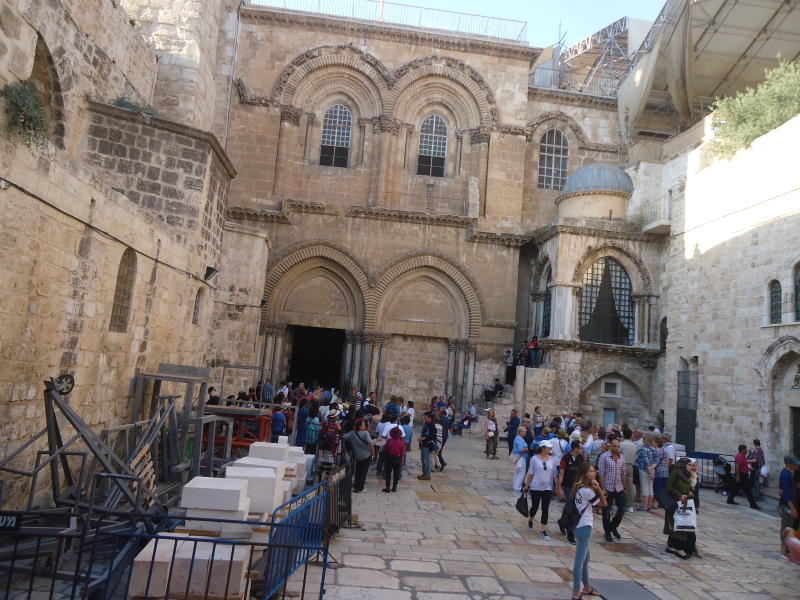×
The Standard e-Paper
Home To Bold Columnists

The orange light blinking deep in the darkened tunnel was like a dirty wink from an evil monster.
Slowly, the bus stopped, next to a stalled truck. The driver had alighted and was helplessly holding a bottle of water, the bonnet open as he surveyed the road ahead.